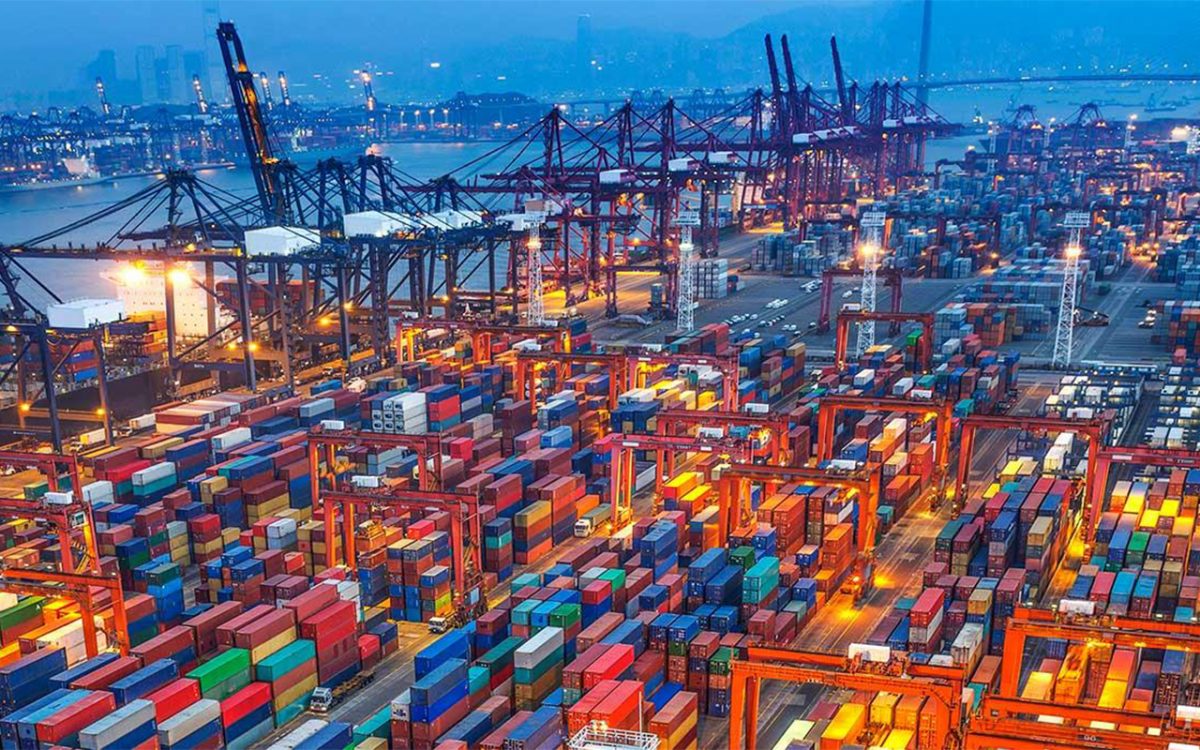Agreed upon by UAE’s DP World, the Senegalese government affirmed the construction of West Africa’s largest port, the Ndayane port. The new port is expected to pave a pathway to help unlock the continent’s economy by being a new transport hub. However, the hope of this potential change depends on increasing intra-regional connectivity. Recently, the British International Investment (BII) head of Africa, Chijutomi, insighted that the port is nearing its implementation phase. It is expected that the expeditious construction of the port will commence in the third quarter of this year. The port is significant as it is expected to kickstart and bolster West Africa’s regional trade. Construction of the deepwater port is set to recommence after a year-long delay. This is after President Macky Sall said securing the government’s share of the financing had been resolved.
The Significance of Construction on West Africa’s Largest Port: The Ndayane Port
The construction of West Africa’s largest port, the Ndayane Port in Senegal, is one of the most significant projects in the region. The Ndayane port represents the first considerable development since Senegal’s independence, a remarkable feat. The port is positioned not only to emerge as the largest in West Africa but also to have the deepest waters in its harbour. The construction of the port is called for owing to the intensifying pressure at Dakar Port. The growing cargo volume in Senegal’s sole operating port is facing a challenge, with congestion being a pressing issue for the shipping sector.

Officials at the Dakar port have called for an expeditious solution to help reduce the congestion, as over 1,000 trucks enter the terminal daily. Expanding the port infrastructure, the Ndayane port will alleviate congestion and propel Senegal’s development. The new port is projected to facilitate additional trade equivalent to 3% of the country’s GDP.
Also read:
The Scope of Work on the Construction of Ndayane Port
Spearheaded solely by UAE-headquartered Dubai Port World, the construction of West Africa’s largest port is handed out to them. The scope of works entails financing the first phase, which entails constructing a 300-hectare container terminal. It also includes the construction of a 5-km shipping channel and an 840-meter quay boasting an 18-meter deep draft. Furthermore, a second phase, approximating $290 million, is planned and will expand the multifunctional port of Ndayane to include a second 410-meter quay, a cargo terminal and a fishing port. It will also entail the construction of a ship repair terminal that will repair ships docking at the port. Located on the Petite Cote, the port is 50 kilometers from Dakar and 50 kilometers from the Sandiara economic zone. Furthermore, the port is close to the Sangomar oil field. 
The State of Affairs Regarding the Construction of Ndayane Port
The Senegalese government wants to ensure an expeditious commencement of constructing West Africa’s largest port. The contracted company, DP World, is also optimistic about the project, which is said to be its largest in Africa. The company plans to establish a special economic zone to boost the country’s economic development. Furthermore, they are hopeful that the port will contribute to the country’s cumulative increase of $15 billion in national trade by 2035. West Africa’s largest port is expected to benefit the agricultural and fishing sectors as it will be crucial for local sustenance and export to international markets.
Also read:

